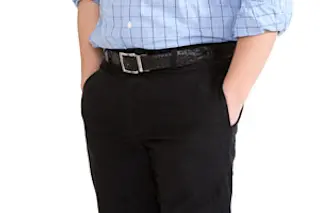When Timothy Lu was in medical school, he treated a veteran whose multiple sclerosis was so severe that she had to use a urinary catheter. As often happens with invasive medical devices, the catheters became infected with biofilms: gooey, antibiotic-resistant layers of bacteria. Now the 30-year-old MIT professor, who first trained as an engineer, designs viruses that destroy biofilms, which cause everything from staph infections to cholera outbreaks and that account for 65 percent of human infections overall [free registration required].
You started as an electrical engineer. Was it a difficult transition becoming a biologist? I came into the lab not really understanding how to do biology experiments and deal with chemicals. I’m not a great experimentalist with my hands, and one night I set the lab on fire.
How does a biofilm work, from an engineering perspective? A biofilm is essentially a three-dimensional community of bacteria that live together, ...















